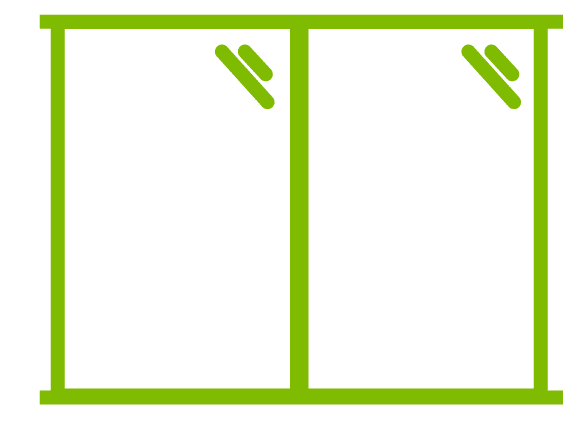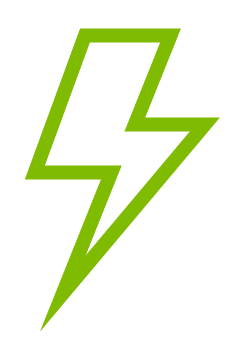Water Spots. Dripping Water. Black Mold. Spongy Floors. Musty Smell. These are all signs and symptoms of a water leak, typically a roof leak in a building. Leaks are often difficult to trace and can cause extensive damage to both the building and occupants. The challenge is what to do if a leak is suspected?
Detecting leaks early can make a difference in the extent of the repair and ultimately the cost to repair the leak. Initially, inspecting the roof for obvious points of entry for water is the place to start your investigation. If you can access the roof safely, look for visible damage to the roof or to penetrations in the roof, like vent stacks, skylights or conditioning systems. Check the flashing points around penetrations for cracks or damage due to storms, debris or sun damage.
Even if a point of entry is identified, that is only the first step in determining the extent of the leak and the damage. To really understand the leak, two options exist to scan deep into the layers of the roof and find damage due to water.
- Nuclear Roof Moisture Survey – This is the most accurate test available to determine where moisture exists within the roof structure. After laying out a grid across the roof, readings are taken in each part of the grid to determine where water has penetrated the primary moisture barrier and how extensive the water damage is in the insulation layer of the roof. Coupled with architectural plans for the building, the results provide the data necessary to locate and make the needed repairs to prevent future water damage.
- Infrared Roof Moisture Inspection – This option is ideal when budget constraints exist, and no visible roof damage is present. This inspection uses variations in temperature in the roof structure to find areas where the insulation is saturated with water and provides a report of the findings. This inspection can help identify problems before damage occurs inside the building.
Whatever your situation, early identification is critical. Water damage can affect many areas of your building and can take time and multiple contractors to completely reverse the negative effects of a water leak. Work with a qualified inspector to identify problems today and to setup a schedule to inspect your roof to prevent future problems through early detection. Just like a mechanic can foresee future problems with brakes or the cooling system of your car, and recommend preventative maintenance, a qualified inspector can provide the same guidance for your properties.







